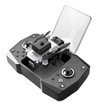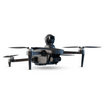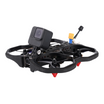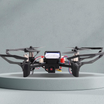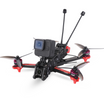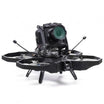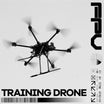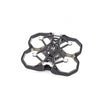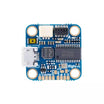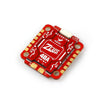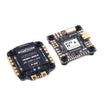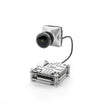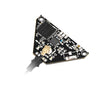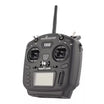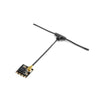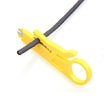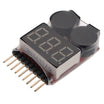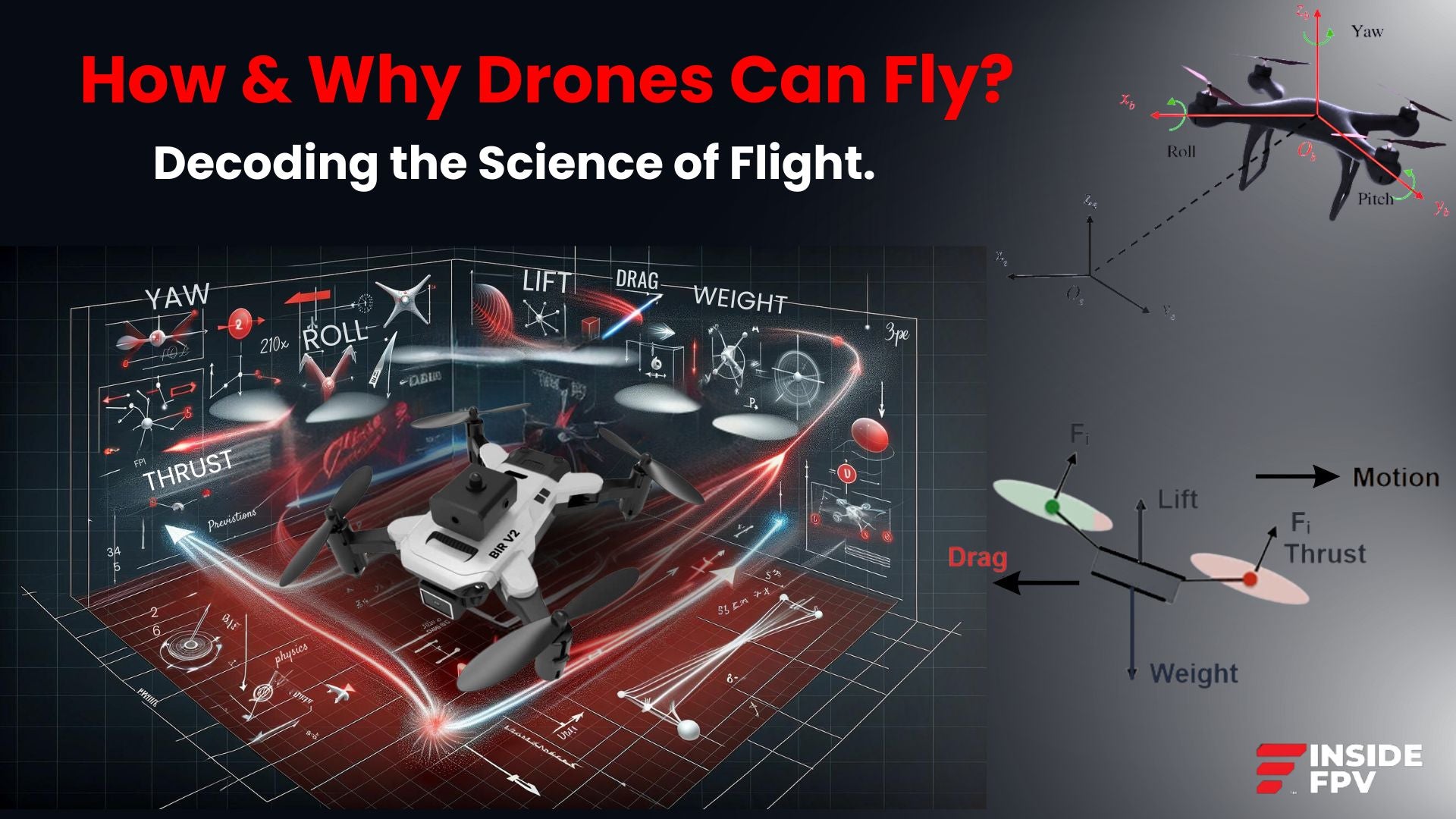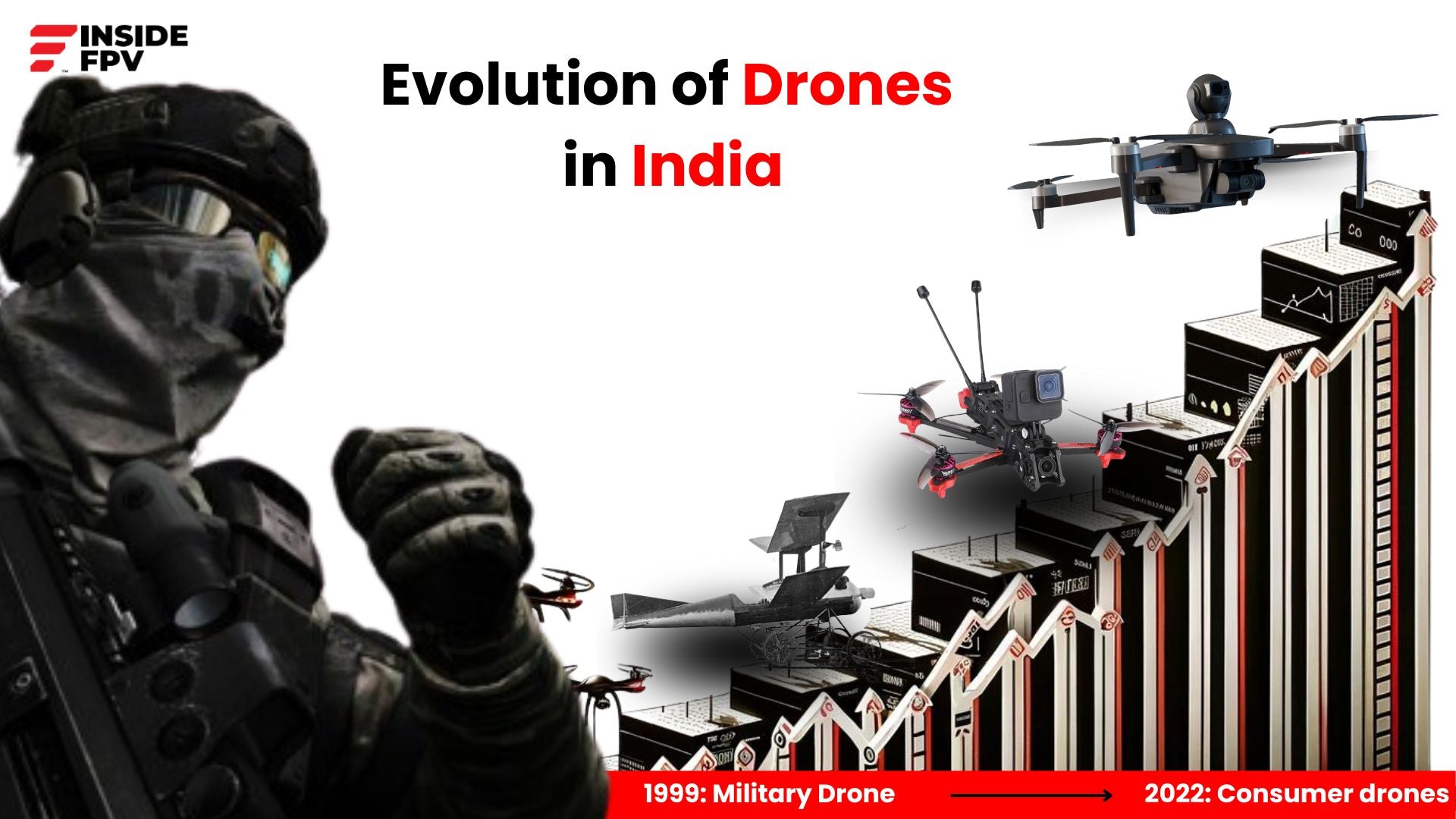Imagine a world in which the sky serves as your playground instead of the boundary! Once the stuff of science fiction, drones are now buzzing into something that was previously assumed unachievable. But wait, there are invisible rules on this superhero cape. That's where your helpful drone-law navigators like us step in! We'll cut through the legalese and unravel the Indian drone code in this blog, so that your airborne explorations are morally just, lawful, and most importantly, fantastic!
DGCA: The regulatory body for Drones
The Directorate General of Civil Aviation (DGCA) is the official registration authority for drones, and a license is required for drone operators to operate them, according to India's drone laws. Think of the DGCA as India's drone industry's air traffic controller. They are in charge of controlling drone activity, guaranteeing security, and keeping the skies orderly. Consider them your helpful neighborhood drone expert, assisting you in conducting safe and authorized drone flights. InsideFPV follows all the rules and regulations as laid out by DGCA.
The drone rulebook: Your flight plan to freedom
The Drone Regulations, 2021, established by the DGCA, provide precise guidelines for drone activities in India. These are your fundamental flight plans, covering everything from no-fly zones and safety procedures to registration and licensing.
Firstly, dividing the drones on its size:
- Nano Drones (250 grams or less): Feel free to soar! No license or registration is needed, but please use caution.
- Microdrones (250 grams – 2 kg): in weight Sign up for a drone on the Digital Sky platform. In green zones, no pilot license is required for non-commercial use (designated safe regions).
- Small Drones (2 kg to 25 kg): Drone registration and a Remote Pilot Certificate (RPC) are necessary. able to fly for both business and non-commercial purposes in green and yellow zones (with airspace authorization).
- Large and medium drones (those weighing more than 25 kg): require thorough authorization and a comprehensive flight plan. Mostly used for business applications.
No-Fly Zones: Restricted Airspace
No-fly zones might be thought of as the VIP regions of the sky. Drone operations are strictly prohibited in these regions because of safety and security concerns. Before taking off, always check the Digital Sky platform for the most recent information on no-fly zones. Avoid flying your drone over military installations, government buildings, or areas where drones are prohibited. Drones should never be flown over private property without permission. Drones must be flown in regulated airspace away from airports with permission from the AAI/ADC or by completing a flight plan. Detailing more on the fly-zones created DIgital Sky Platform:
- "Green zone" refers to the defined airspace above Indian territories and its territorial waters up to a vertical distance of 400 feet, or 120 meters, that has not been classified as a red or yellow zone on the airspace map for unmanned aircraft system operations. It also includes the airspace up to a vertical distance of 200 feet, or 60 meters, above the area situated between 8 and 12 kilometers away from the perimeter of an operational airport.
- "Yellow zone" refers to the specified airspace over Indian territorial waters and land areas that is off-limits to unmanned aircraft system operations and requires authorization from the relevant air traffic control authority. The airspace over 200 feet or 60 meters in the region situated between the lateral distance of 8 and 12 kilometers from the perimeter of an operational airport, and the airspace above 400 feet or 120 meters in the authorized green zone, shall be designated as yellow zones.
- "Red zone" refers to the airspace with specific dimensions that lies above India's land areas and territorial waters, as well as any installation or notified port limits that the Central Government designates beyond those waters. Only the Central Government is authorized to conduct unmanned aircraft system operations within these zones. No one can fly a drone in a red and yellow zone before prior permission. Don’t fly a drone over private property unless permission is given.
- "Geo-fencing" refers to restricting unmanned aircraft system movement inside a designated airspace.
Check beforehand on DigitalSky the locations where flying drones is permissible so as to respect privacy of others and also to avoid legal complications. it is legally forbidden to fly them in restricted or no-fly zones.
Learn After License
Obtaining a drone license is crucial for responsible and legal drone flying in India. The Government of India (GoI) and the Directorate General of Civil Aviation (DGCA) have established specific regulations to ensure the safe operation of drones in the country. To get a drone license, follow these simple steps. Firstly, familiarize yourself with the latest guidelines provided by the DGCA on their official website. Next, complete an online training program from a recognized drone training organization, which is a prerequisite for obtaining the license. After completing the training, you can apply for the Unmanned Aircraft Operator Permit (UAOP) through the Digital Sky platform, an online portal established by the DGCA. During the application process, ensure that you provide all necessary documents and information as required by the website. Once approved, you'll receive your UAOP, granting you the legal authority to operate drones in compliance with government regulations. This licensing process not only ensures your understanding of safe drone operation but also contributes to the overall safety and security of the airspace in India. By obtaining a drone license, you not only comply with the regulations but also demonstrate your commitment to responsible and lawful drone flying.
Get a step up with Certification
In India, no one is allowed to fly a drone unless it complies with type certificates or is exempt from type certificate requirements as specified by these regulations.
(1) Unless otherwise exempted by these regulations, no one can operate an unmanned aircraft system without first registering it on the digital sky platform and acquiring a unique identification number.
(2) For all such unmanned aircraft systems to which these regulations have granted a unique identification number, the Director General shall maintain a registration record.
(3) The person in charge of an unmanned aircraft system is accountable for making sure that the system complies with a current type certificate.
Security and Privacy Concerns
Using a drone to fly is similar to telling stories from the air, and the camera on your drone is the lens through which you see the world's stories. In this aerial story, preserving respect for security and privacy is crucial, much like that of a thoughtful photographer. Your drone is a moral artist that stays inside acceptable bounds and carefully composes shots. It's about sensing the environment, showing other skydivers some civility, and being open about your drone's existence. Consider the sky as a vast community, and your drone as a friendly neighbor. Just as you wouldn't point a camera into someone's home without permission, be mindful of the airspace's inhabitants. Respect the privacy of fellow sky-enthusiasts, including other drone operators, private pilots, and even wildlife. Use technical security measures like geo-fencing, just as photographers use. Be an advocate for responsible drone flying, just like any other photographer promoting ethical methods. It's about rising morally, not merely about reaching new heights. InsideFPV strictly condemns users who violate the rules and regulations.
Safety First: Essential Gear for Your Drone Adventure
Your drone demands the appropriate devices, just like any responsible traveler. The following items are essential for lawful and safe flight:
- Drone insurance: Protect both you and other people in the event of an accident.
- Visual Line of Sight (VLOS): Maintain constant visual range with your drone. No taking long-distance glances into people's backyards!
- Limitations on height: Remain at the highest altitude that your drone category permits.
- Pre-takeoff inspections: Before every flight, give your drone a quick once-over to make sure everything is in working order.
Conclusion
Drones are creating experiences and stories in the Indian sky like never before.Navigating this airspace responsibly is not just a legal requirement; it's a shared commitment to a safer and harmonious coexistence. Let the skies be your limitless canvas for exploration and compliance, your compass as you set out on your drone travels. Now spread your wings, allow your drone to sway with the breeze, and take off for the infinite sky—all the while adhering to the regulations that preserve our skies' breathtaking beauty. Check out the rules and regulations on the official site of DGCA: https://www.dgca.gov.in/
Cheers to your flight!
FAQs
Q1 Are there specific regulations to follow for flying drones?
A1: Drone flying in India is regulated by the Directorate General of Civil Aviation (DGCA). Specific guidelines and permissions are in place, and operators must adhere to these regulations for legal and responsible drone use, including registering drones with DGCA.
Q2 Where can I fly drones?
A2: Drones can be flown in areas that are acceptable by the Directorate General of Civil Aviation (DGCA). Drones should not be flown in No-fly zones and especially in areas like military bases and airports.
Q3 Is there a map for flying drones in India?
A3: Directorate General of Civil Aviation (DGCA) has a map of India that marks Green zone, Yellow zone, Red zone and the Geo-fencing for the territorial boundaries. They need to be adhered to strictly.
